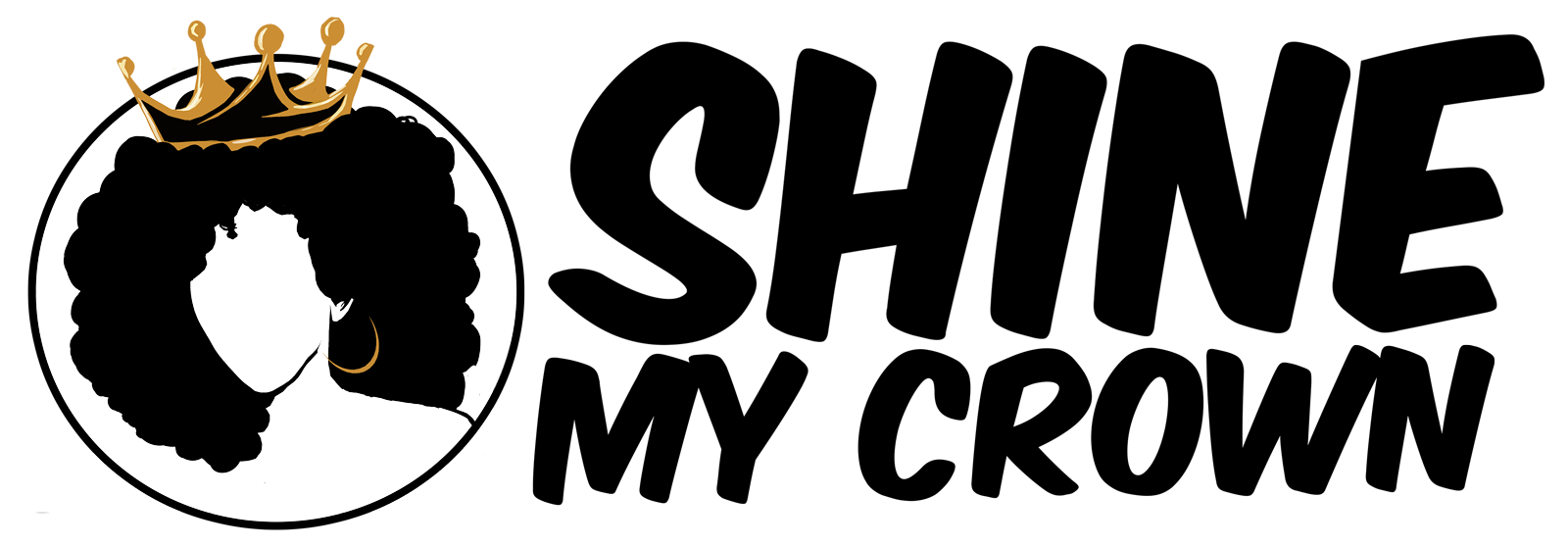Chloe Cooley’s act of resistance in 1793 played a pivotal role in the gradual abolition of slavery in Canada, ultimately leading to the end of the practice in the British Empire.
While much remains unknown about her life, Cooley’s story is strong evidence of the power of resistance against oppression.
On March 14, 1793, Cooley, an enslaved Black woman in Upper Canada, was violently bound and forced into a boat by her enslaver, Adam Vrooman, who intended to sell her across the Niagara River in New York.
She resisted fiercely, screaming and struggling in an attempt to prevent her forced relocation. Her cries caught the attention of witnesses, who reported the brutal incident to Lieutenant Governor John Graves Simcoe.
Simcoe, an opponent of slavery, used Cooley’s case as evidence of the inhumanity of the practice and sought to introduce legislation to abolish it. However, he faced opposition from government officials, military leaders, and clergy who owned enslaved individuals.
As a compromise, the Act to Limit Slavery in Upper Canada was passed in 1793. While it did not immediately abolish slavery, it prohibited the further importation of enslaved people and granted freedom to children of enslaved women upon reaching the age of 25.
The legislation led to a gradual decline of slavery in Canada. The last recorded sale of an enslaved person occurred in 1824, when a 15-year-old boy was sold. A decade later, on August 1, 1834, slavery was officially abolished throughout the British Empire, including Canada.
In recognition of Cooley’s defiant stand, Canada Post recently issued a stamp in her honor, commemorating her resistance and its impact on the fight for freedom.
Her legacy continues to be a powerful reminder of the resilience of enslaved Africans and the role they played in shaping history.
